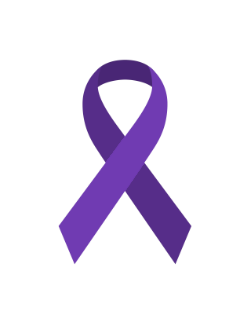
“Trafficking hides in plain sight—but so does the power to stop it.”
Definition
Human trafficking is the use of force, fraud, or coercion to exploit individuals for labor, services, or commercial sex. When the victim is under 18, any commercial sex act qualifies as trafficking, even without force or coercion.
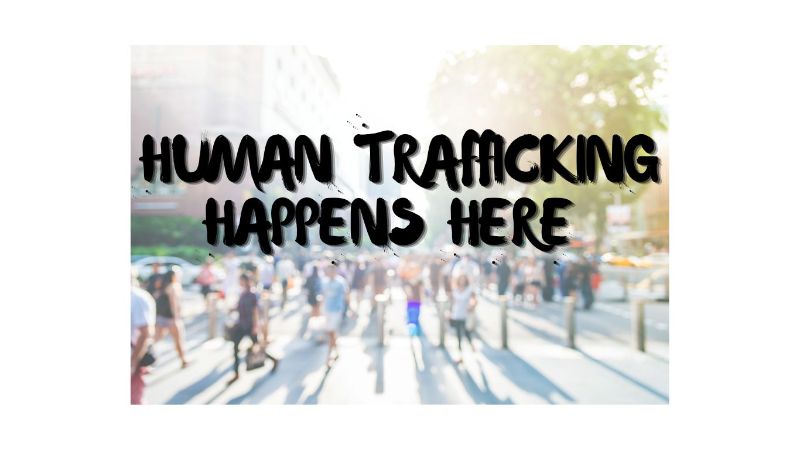
Sex Trafficking – Exploitation through commercial sex acts, often through manipulation or coercion.
Child Sex Trafficking – Any exchange of sexual activity involving a minor for something of value.
Labor Trafficking – Forced labor under abusive, unsafe, or unpaid conditions.
Familial Trafficking – A parent or caregiver exploits their child for profit or personal gain.
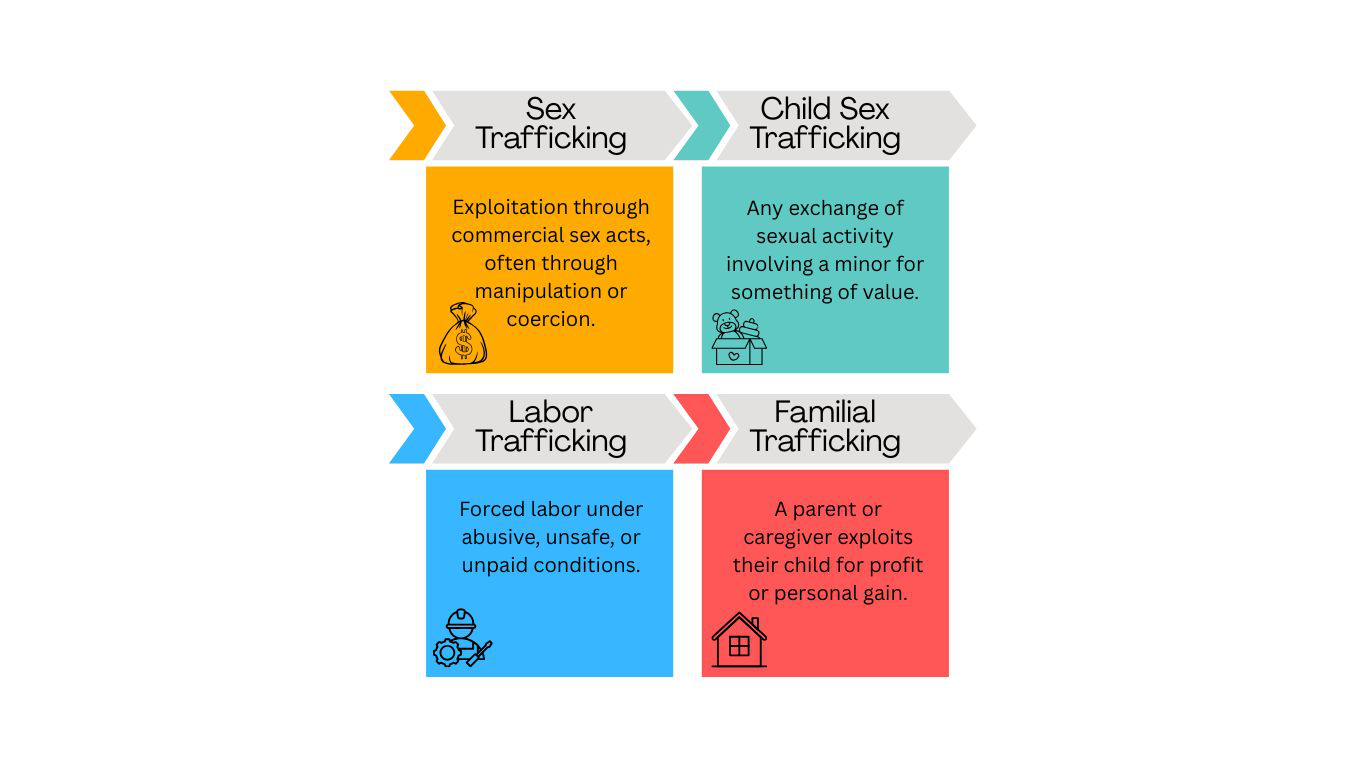
We use Maslow’s Hierarchy of Needs to identify vulnerabilities:
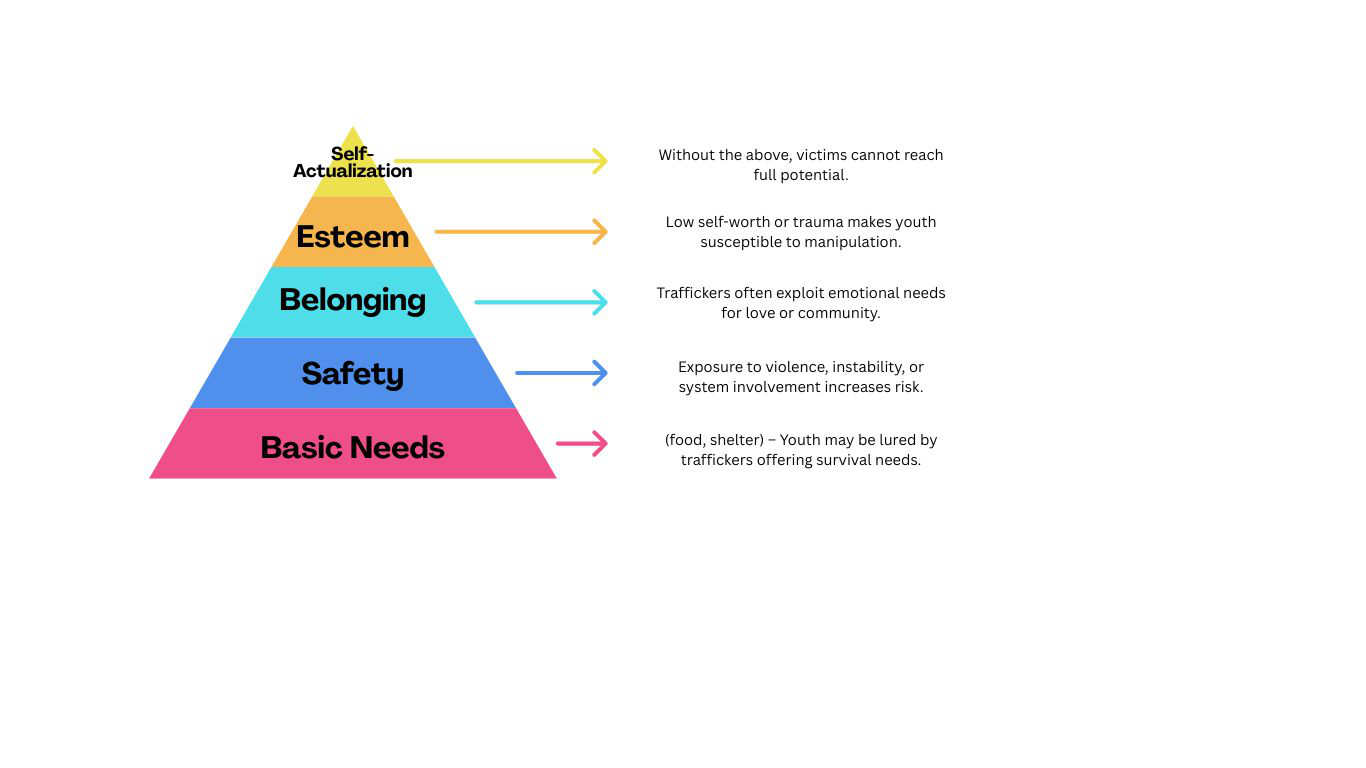
Source: Maslow, A. (1943). A Theory of Human Motivation.
The digital world is now the frontline of child trafficking.
These are not isolated issues—they’re on-ramps to child sex trafficking, leading to deeper forms of abuse and control.
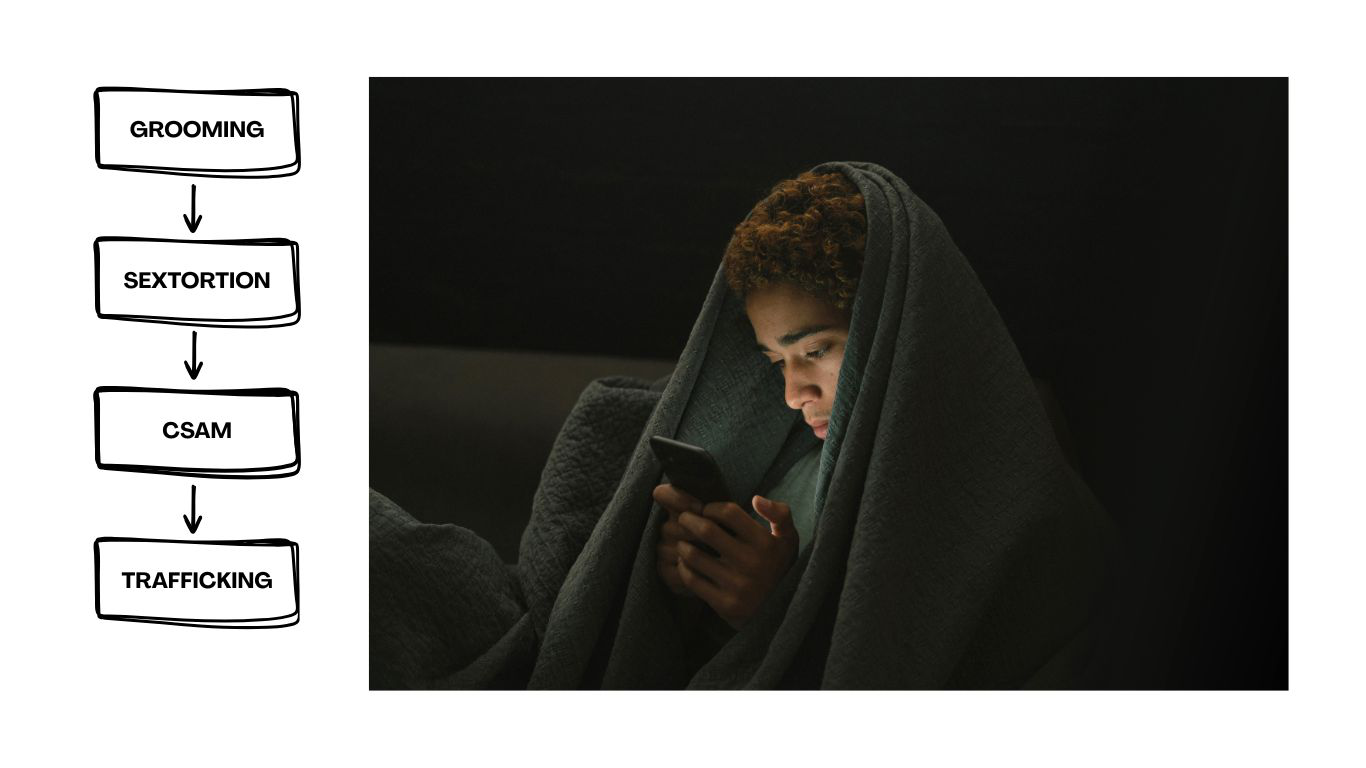
Sources: NCMEC, FBI
The Life Crisis Center serves as the Regional Navigator for the Lower Shore of Maryland under the Child Sex Trafficking Screening and Services Act of 2019.
Through our Human Trafficking Program, we:
If you or someone you know may be at risk of trafficking or exploitation, call our Crisis Line any time.
410-749-4357 (HELP)
Text: 741741
Serving Worcester, Wicomico & Somerset Counties